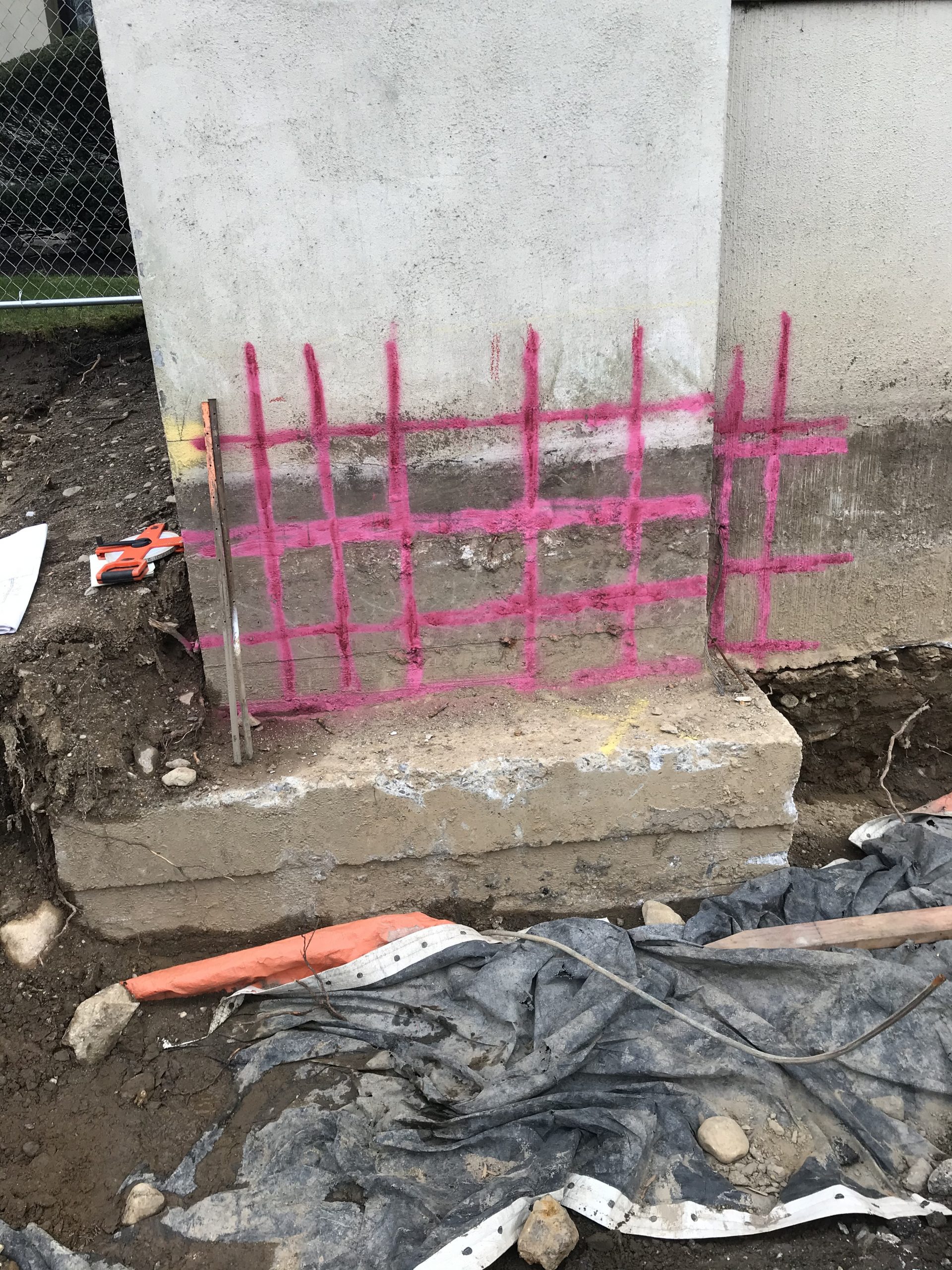Improve Construction Safety with Specialist Concrete Scanning
Improve Construction Safety with Specialist Concrete Scanning
Blog Article
Beyond the Surface Area: Leveraging Advanced Concrete Scanning Techniques for Unmatched Accuracy and Insight
In the realm of construction and framework maintenance, the mission for precision and thoroughness is never-ending. Advanced concrete scanning strategies have actually arised as essential devices in this pursuit, supplying a glance under the surface to reveal a globe of critical understandings. By harnessing cutting-edge technologies, experts can reveal anomalies, analyze the condition of concrete frameworks, and make informed choices that form the course of projects. The effects of these strategies extend far past simple surface-level examinations, guaranteeing a deepness of precision and understanding that is unrivaled.
Relevance of Advanced Concrete Scanning
The value of using advanced concrete scanning strategies exists in the exceptional precision they provide for identifying sub-surface anomalies and making sure architectural stability. By employing innovative modern technologies such as ground-penetrating radar (GPR), electro-magnetic induction, and progressed sonar imaging, construction specialists can dig beneath the surface of concrete structures with a level of accuracy that much goes beyond typical evaluation techniques. Concrete Scanning. These techniques allow the identification of surprise dangers like rebar corrosion, gaps, avenues, or post-tension wires that might compromise the stability and safety of a structure with time
Moreover, progressed concrete scanning supplies important insights into the general condition of a concrete component without the demand for invasive actions, reducing the threat of creating damages throughout the assessment process. The capacity to pinpoint the exact place and deepness of prospective problems enables targeted fixings and upkeep, ultimately extending the life expectancy of the framework and maximizing its efficiency. Fundamentally, the significance of innovative concrete scanning can not be overstated in the realm of building and infrastructure upkeep, where precision and integrity are critical.
Kinds Of Cutting-Edge Technologies

Anomalies and Problem Detection

In addition to GPR, concrete scanning techniques like thermography and impact-echo testing are additionally effective in finding flaws and abnormalities. By leveraging these innovative techniques, professionals can proactively address structural problems, ensuring the longevity and safety and security of concrete frameworks.
Assessing Concrete Condition
Exactly how can designers precisely review the problem of concrete frameworks to ensure their longevity and safety? Various innovative concrete scanning techniques are utilized for this objective. Ground-penetrating radar (GPR) is frequently used to evaluate the internal framework of concrete, spotting gaps, cracks, and various other anomalies that may jeopardize its stamina.
Furthermore, aesthetic assessment remains an essential component of concrete problem evaluation. Engineers aesthetically analyze the surface for indications of damage, such as spalling, splitting, or staining. Combining non-destructive testing methods with aesthetic assessments allows for a detailed assessment of concrete condition, enabling engineers to determine potential issues at an early stage and carry out prompt upkeep or repair services. By leveraging these advanced strategies, designers can make certain the lasting longevity and safety and security of concrete frameworks.
Enhancing Decision-Making Procedures
In the realm of framework administration, optimizing decision-making procedures is critical for making certain the effective upkeep and long life of concrete structures. Boosted decision-making procedures in concrete monitoring include using innovative scanning methods to gather comprehensive data on the condition of structures. By browse around these guys leveraging innovations such as ground-penetrating radar and 3D imaging, stakeholders can make informed choices pertaining to substitute, support, or fixing strategies.
These progressed scanning strategies supply important understandings into the interior composition of concrete, recognizing potential concerns such as gaps, splits, or deterioration that might not show up on the surface. This level of in-depth info allows for positive upkeep planning, decreasing the danger of architectural failures and enhancing the overall life expectancy of concrete frameworks.
Furthermore, by integrating electronic paperwork and evaluation tools into the decision-making process, stakeholders can track the advancement of concrete conditions with time, making it possible for predictive maintenance techniques and enhancing source allowance. Eventually, the assimilation of innovative concrete scanning strategies enhances decision-making processes by giving unparalleled accuracy, insight, and efficiency in framework monitoring.
Verdict
To conclude, progressed concrete scanning strategies supply unmatched precision right here and understanding in discovering abnormalities, problems, and evaluating the problem of concrete frameworks. By leveraging sophisticated innovations, decision-making processes can be enhanced, bring about more efficient and educated remedies for maintaining and fixing concrete framework. These techniques play a vital duty in ensuring the security and durability of concrete structures, making them an indispensable tool in the area of building and construction and design.
Moreover, advanced concrete scanning offers indispensable understandings into the total problem of a concrete component without the requirement for invasive procedures, minimizing the risk of triggering damage during the assessment procedure - Concrete Scanning. Another ingenious technology is 3D X-ray scanning, which supplies detailed images of the interior structure of concrete, providing important details without the demand for harmful testing. Additionally, Concrete Cover Meters are utilized to measure the thickness of concrete cover over reinforcement bars properly. Improved decision-making processes in concrete monitoring include utilizing sophisticated scanning strategies to gather detailed data on the problem of structures.In final thought, advanced concrete scanning methods supply unrivaled accuracy and insight in spotting abnormalities, issues, and evaluating the problem of concrete structures
Report this page